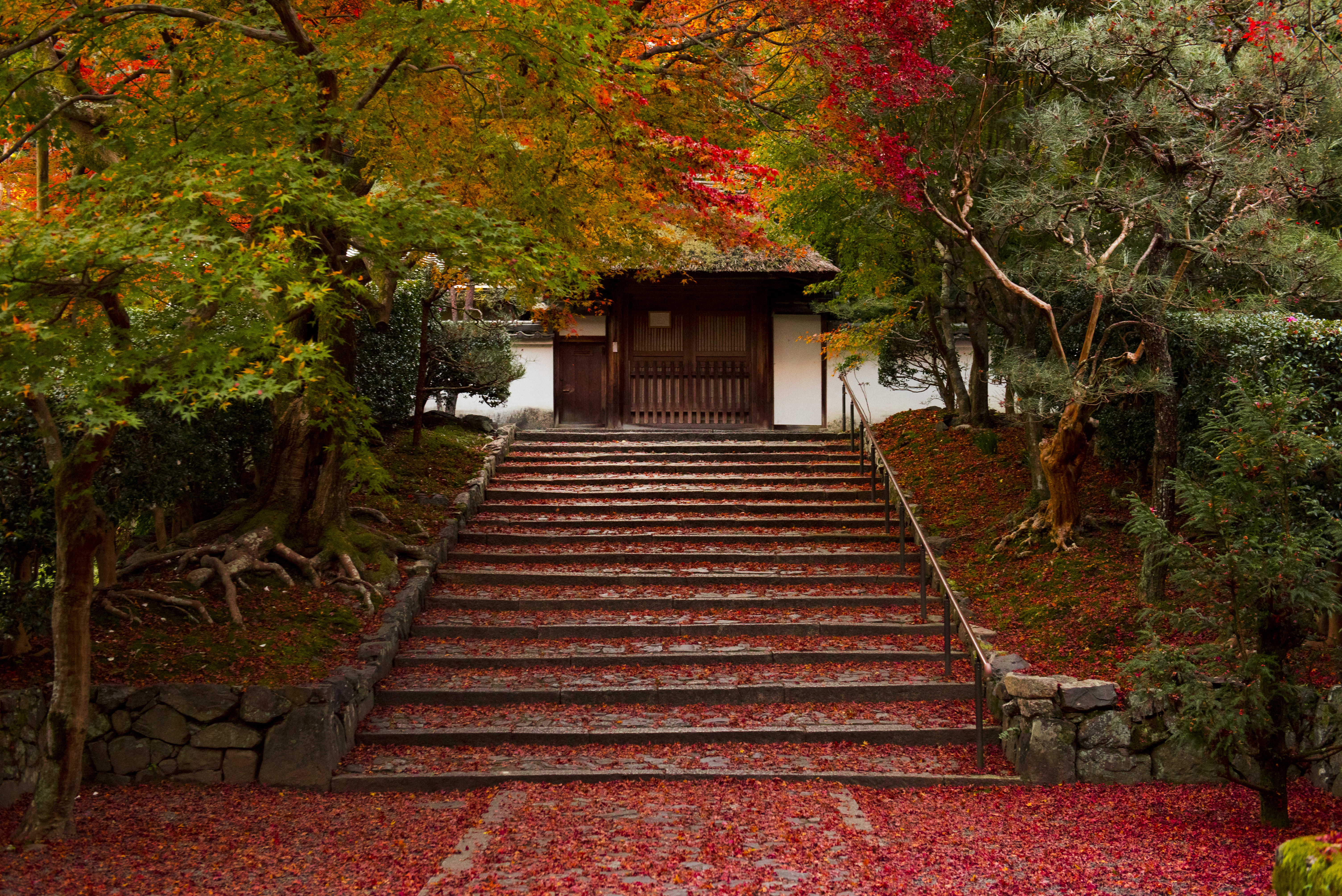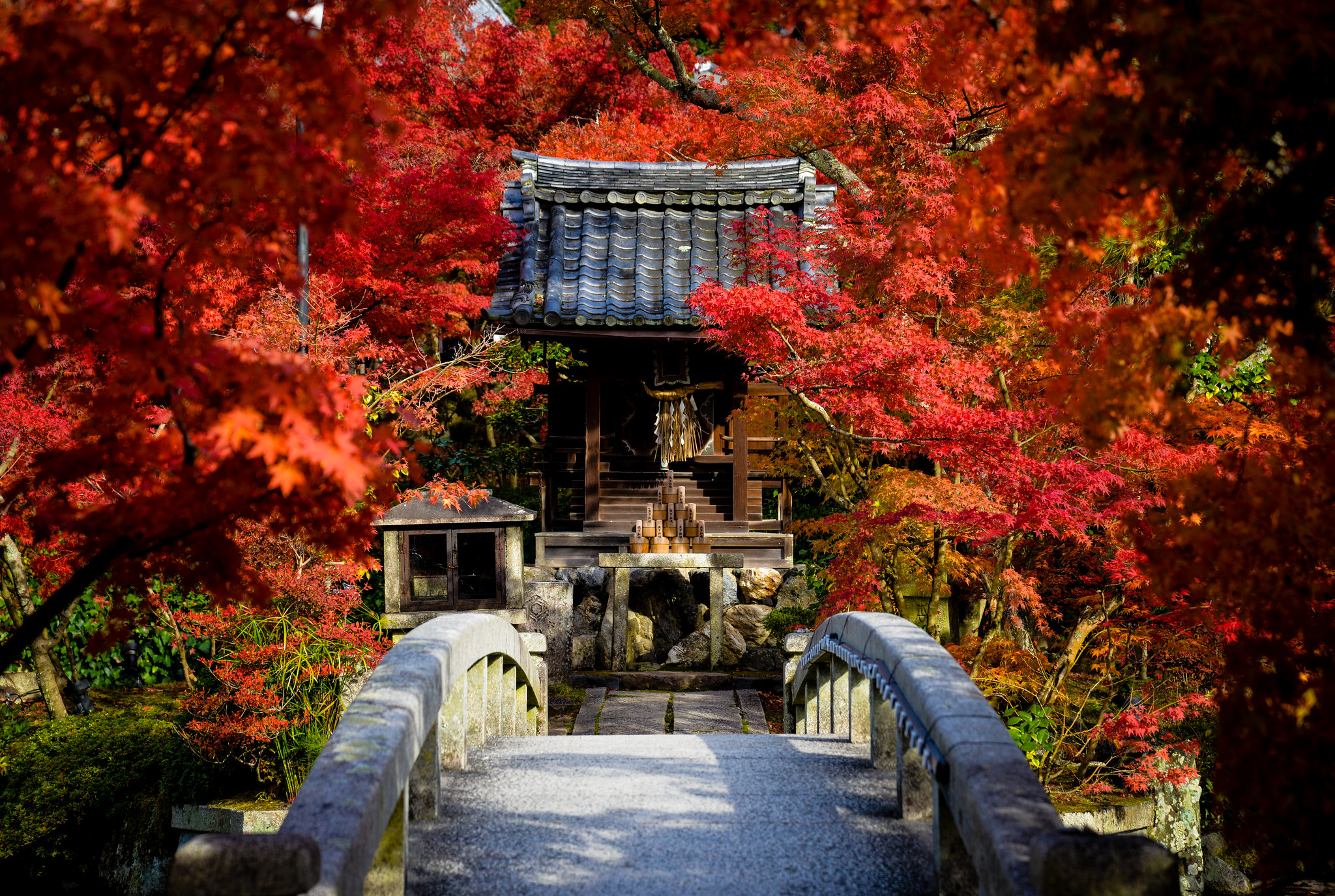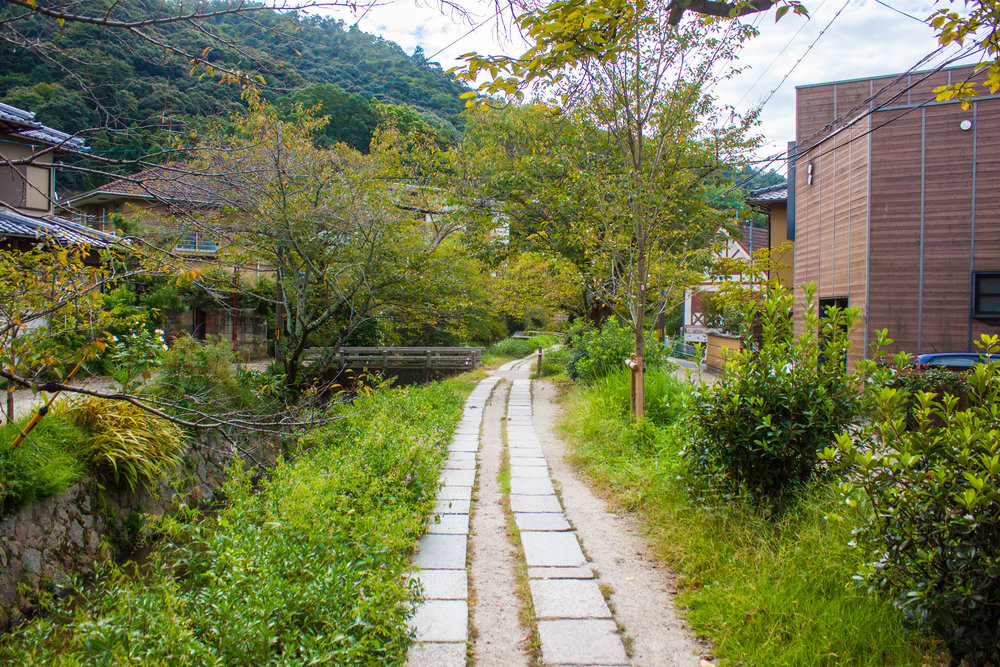Coyoacán is one of the most colourful and yet quiet neighbourhoods in Mexico City. Coyoacán is the place I come to escape the crowds and relax in some of the most beautiful parks and meander down the most vibrant streets. Coyoacán was the home of Frida Kahlo throughout her entire life. It’s no surprise why she chose to stick around this bohemian community rather than move into the bustling city centre. Every park, house and street corner is busting with energy and natural artistry.

Access
The best way to get to Coyaocan, and our first stop on tour, is by Uber. You can also take the Metro, Line 3 to Coyoacan Station, but the station is a bit of a walk from the main areas of the tour. Ubers, as long as you take them outside of peak rush hour, are only about $5 US from the centre of Mexico City.
History
The village of Coyoacán was founded in the 12th century by the Tepanec tribe. This tribe migrated from the Valley of Mexico and settled themselves in Coyoacán. There they shared a common language, Nahuatl, and mythology with the surrounding villages. Unfortunately, despite the common language and culture, the tribes were not allies for long and for centuries they fought against one and other to conquer the land they controlled. When Hernán Cortés arrived on their shores in 1519 the Tepanec, who hated the native Mexicas, were more than happy to assist him in his mission to conquer them. When the capital of Mexico was moved to Mexico City, Coyoacán remained a quiet village, outside the influence of such political and commercial urbanization. Even today, they do not suffer from the same urban sprawl as the rest of Mexico City. You can find narrows street filled with charming post-colonial architecture amongst ancient cobblestones and gardens.



#1 Have Breakfast at Café Avellaneda
While many places in Coyoacán open later in the morning, Café Avellaneda opens bright and early at 8 am! While this might be a tad early for some, for us morning people it’s a rare find! This quaint cafe is the perfect place to start your day. Start with one of their featured artisan lattes. Coffee in Mexico City is out of this world! Their selection of fresh-baked goods is superb with sweet cakes decorating their window display, enticing customers to come inside. We opted for a full breakfast and got the chilaquiles verde and the daily special pancakes with season fruits! It was absolutely delicious and I cannot recommend it more.



#2 Explore the Old Iglesia de Coyoacán
The Iglesia De Coyoacán was built between 1520 and 1552. Originally the church and its cloister were run by the Dominican order. But when Hernan Cortes entered the picture, he gave it to the Franciscan parish. Over the years the church has changed appearance from its original form. Renovations and fires continued to shape its evolution, but the current church is no less beautiful than all its predecessors. Surprisingly the choir, the Rosario Chapel and the main altar are still all entirely preserved from the original construction. The facade is a classical herrerian design with geometric rigour and an overall absence of decorations. The atrium, now the Plaza del Centenario, was once the church’s cemetery. Today walking on these grounds is considered a holy spot as the gravestones are thought to be under the roads and pathways built on top.

The interior is covered in baroque gilded decorations and the ceiling topped with a mindblowing ceiling fresco of the Immaculate Conception of Mary, a fantastical work of Juan de Fabregat. The interior feels grand and yet, at the same time, very intimate. Most of the work was done by indigenous hands, and their artwork is in the process of being preserved and studied. The studies aim to determine what materials were used in creating this vast variety of colours. They want to know how such simplistic elements could achieve the same finesse as the professional supplies used in European constructions. The monastery portion of the church is located on the upper two floors surrounding a large courtyard. To this day the original wood beams and decorative work in remains, preserved almost my divine hands from the fires which ravaged the rest of the church. When we visited, there were a large group of locals, praying on their way to work. Religion in Mexico is still very much part of the fabric of everyday life. Unlike some churches in Europe which feel more like a historical relics, these buildings serve a practical purpose as well as being visually appealing.


#3 Grab a snack in Hidalgo Plaza
In the middle of Hidalgo Plaza is a large 20th century stained glass-topped gazebo. The cupola on top is capped with a bronze sculpture of an eagle from the Mexican flag’s coat of arms. Around the gazebo, especially on the weekends, you’ll find musicians entertaining parties and locals out enjoying the sunshine or relaxing on the benches under the shade of the trees. Children are seen playing in the square, and brightly coloured balloon and toy vendors peddle their wares. There is always someone selling tamales in the morning or street tacos in the afternoon. My favourite street food snack is Elote (corn with mayonnaise, fresh cheese, lemon, salt and chile) or ‘Papas de carrito‘ (potato chips, churritos or fried pork rinds with lemon and salsa). No matter what time of the day, this square is bustling with action.
#4 Have Lunch in Mercado de Coyoacán
The Mercado de Coyoacán has stood here for decades, and if you look at the roofline, you’ll see that it’s actually more than one building, pieced together. The newest part of the structure was built in the 1950s but the original, much smaller, market place was where both Frida Kahlo and Diego Rivera would come to shop for their famous dinner parties held at the Casa Azul.

Before entering the interior of the market, stop at the sidewalk entrance on the corner of Malintzin and Ignacio Allende where you’ll find El Jardín del Pulpo. El Jardín del Pulpo translates into ‘The Octopus’s Garden‘ where you can indulge in Coyoacán’s best street seafood. While it might seem a little more expensive than regular street food you’ll be eating such luxuries as lobster, langostino and you MUST give their GIANT shrimp cocktails a try!

Inside the market, I found to have even more exciting vendors than the artisan market. You’ll find colourful Tehuana fabrics, the same as Frida would have worn in her day. There are dozens of flower stands, filling that side of the marketplace with rich aromas. Giant bowls of freshly ground mole powder are on display, take a look at all the different kinds of mole there are. You can find perfume, candles and a plethora of seasonal party decorations which hang from the ceiling making it look like entering a huge party!




But the main reason for visiting this market is to try Tostadaa Coyoacan ! At lunchtime, the lines can get pretty long, but it moves quickly and gives you time to scope out what you want to try. The shtrimp ceviche tostadas with thick slices of avocado to cut the acidity are absolute perfection! If eating raw seafood is a little too adventurous for you, try their famous shredded chicken; simple, moist and flavourful! There are six different eating areas with bar-style seating, so even at the busiest time of day you can almost always find somewhere to saddle up.

Barbacoa is another traditional dish to try in the Coyacán market. If you’re visiting on a Saturdays and Sundays, find your war to El Borrego de Oro or ‘The Golden Sheep’ stand at the back of the market. The shreds of tender meat atop freshly made tortillas are absolute heaven.
#5 Learn about Mexico’s Pop Culture at the Museo Culturas Populares
The National Museum of Popular Culture is one of the most vibrant museums you’ll visit anywhere in the world. Rather than old painting or ancient relics, the museum focuses on temporary exhibitions which rotate and change throughout the year. They call themselves a living entity. There is always something new to see. But regardless of what is on exhibition, there will also be items featuring expressions of popular, indigenous and urban cultures. The museum is a great place to come to learn about Mexico’s current culture and art scene.
#6 Take a Walk in Frida’s Footsteps at La Casa Azul
What most people come to Coyocan for is the Casa Azul, also known as the Frida Kahlo Museum. The Casa Azul was where Mexican artist Frida Kahlo grew up, became an artist, got married and even died. She lived there with her husband Diego Rivera and together the two of them transformed a simple home into an artists retreat. After her death, the artworks of Frida Kahlo became an international sensation, gaining notoriety more and more as time went on. A hidden genius being discovered after her death, like it so often goes. But Frida herself has become an icon and cultural phenomenon.


The museum is less of a simple art gallery and more like an inside look at her private world. Although there are a few paintings from both artists, the main focus of the Casa Azul is the couple’s Mexican folk art and being able to tour their home exactly as it was when they lived and worked inside it. Throughout the house you’ll see their collections of pre-Hispanic artefacts, photographs, memorabilia, personal items, and more. You feel a deep connection with these artists by literally walking in their footsteps, and this is an unmissable experience for anyone interested in art or Frida herself.




#7 See the spot where Leon Trotsky was assassinated
If you’re interested in visiting more of the interiors of Mexico City’s famous residences, you should check out the Leon Trotsky House Museum. Trotsky was a Russian revolutionary, Marxist theorist, and Soviet politician who was expelled from Russia in 1929 fpr his radical beliefs. He sought exile all over the world, but it was Diego Rivera who asked the Mexican government to allow him to come to Mexico City to seek political asylum. Trotsky stayed with Diego and Frida until 1939 when his affair with Frida and disagreements with Diego became too inflamed. After this, he moved into the house, which is now the Trotsky museum. Unfortunately, Trotsky wasn’t safe in Mexico City for long as he was assassinated in this very house. The house is today left in much the same condition as it was the day he died. In fact, the room where he was murdered still has the books he was reading and papers he was writing strewn about untouched. Walking up to it, it looks like a fortress, complete with tall watchtower where there were once armed guards. You can still see the bullet holes from his assassination attack on the outer walls of the house. Even if you don’t know much about Trotsky, it’s an interesting way to see what life in Mexico City looked like in the 1930s.
#8 Have a pick me up at Cafe El Jarocho
For a little pick me up, head over to Cafe El Jarocho. This place has been serving customers in Coyoacán for 63 years and is a veritable piece of history. It’s an unpretentious coffee shop and a great alternative to just another Starbucks. Give their mocha a try since it’s well-known for being made with traditional Mexican chocolate and some of their locally grown beans.


#9 Grab some dessert at Helados Coyoacán
This ice cream shop across from the park has been serving up traditional flavours of ice cream inspired by the many different fruits which grow only around this part of the country. Don’t recognize the name or a certain flavour? Give it a try! You might be totally shocked to find a new favourite flavour, even if you had no idea what it actually was. This is an especially good treat if you’re visiting on a hot day. Grab a few scoops and relax under the shade of the park nearby.

#10 Wander the historical Avenida Francisco Sosa
Heading over to our next destination, we set out along the Avenida Francisco Sosa. This is my favourite street in the entire city. The street is over 450 years old and connected Coyacán with the village of San Ángel. There are over 60 different buildings along the road which have been honoured by National Institute of Anthropology and History as being historical monuments.


One of the most famous buildings to see is Casa De Diego De Ordaz. It was built in the 18th century, and the facade is decorated in this fantastic Mudejar style which was popular at the time. The most remarkable features of the building are the reliefs made by indigenous people of Coyoacán. Further down the road, you’ll pass the Instituto Italiano de Cultura or Italian Cultural Institute. This building is most recognizable by its red façade with bright white Moorish decorations. It was built between the 17th and 18th centuries and now houses the cultural offices of the Italian Embassy.


#11 Find the Golden Church inside the Parque Santa Catarina
The marigold colour you can spot from afar which dominates this lovely parkette is from the adorable facade of the church of Santa Catarina. This chapel was built for use by the indigenous population in the very early colonial period. If you have the chance to step inside, you’ll find preserved 16th-century ornamental work. You’ll also we able to look on in wonder at s 400-year-old mural. The square around the church is the site of many a celebration, and there is usually remnant of those events still holding onto the sunlight the next morning. A great photo opportunity.

#12 Relax under the palm tree in Casa de Cultura Jesús Reyes Heroles
Across from the park is the Casa de Cultura Jesús Reyes Heroles. This cultural centre is free to enter and a beautiful place to rest your feet or just explore. The “House of Culture” was named in honour of the distinguished historian and political scientist, Jesús Reyes Heroles. The building was originally located on the property of an Izotitlán, meaning “izotes” which is a type of wild palm. Those palm trees still grow like wild all over the property. In this public centre, you’ll see people writing essays under the trees, practising dance, learning music, having heated morning meetings! There is even a little cafe and restaurant if you want to stay and enjoy the space a bit longer. You are free to roam around both inside and out. I loved wandering up and down the different floors of the old house trying to see what I could discover. I found their old kitchen, bathroom and some gorgeous tile work from the 19th century. In the middle of the ground is a sculpture of Frida and Diego sitting on a park bench, cast in bronze. You can take a seat alongside and get your picture taken with the famous couple.



#13 Get some fresh air Viveros de Coyoacán
Head north along Calle Salvador Novo towards Avenue Progreso where you’ll head east until you reach the entrance to Viveros de Coyoacán National Park. This 100-year-old park is run by the Secretary of Environment and Natural Resources. The main objective of the park is to grow and then replant different varieties of trees to reforest the entire metropolitan area of Mexico City. Different species of trees are dedicated to specific sectors of the city and walking through here you can learn all about the diverse flora and fauna Mexico is famous for.
#14 See a film Cineteca Nacional
The Cineteca Nacional or The National Film Archives has 30 different movie theatres housed inside one of the most impressive modern pieces of architecture Mexican architect Michel Rojkind in Coyoacán. Cineteca Nacional often features a variety of different kinds of film programming from National and International projects. It also houses a cafe and a variety of hip restaurants and bars. At night time during the warmer months, there is even an area outside where you can see movies under the stars!
Whenever I’m back in Mexico City and looking for a quiet place to read or relax, Coyoacán is where I come. There is something so charming about this area of town which makes it feel like another world, just 20 minutes from the bustling centre. Don’t miss visiting this gem!
Happy Travels Adventurers!
Related Posts























































































































































































![Kyoto - Ōkōchi Sansō [HDR]](https://c1.staticflickr.com/5/4094/4814882674_bd3b9d33ea_b.jpg)











































